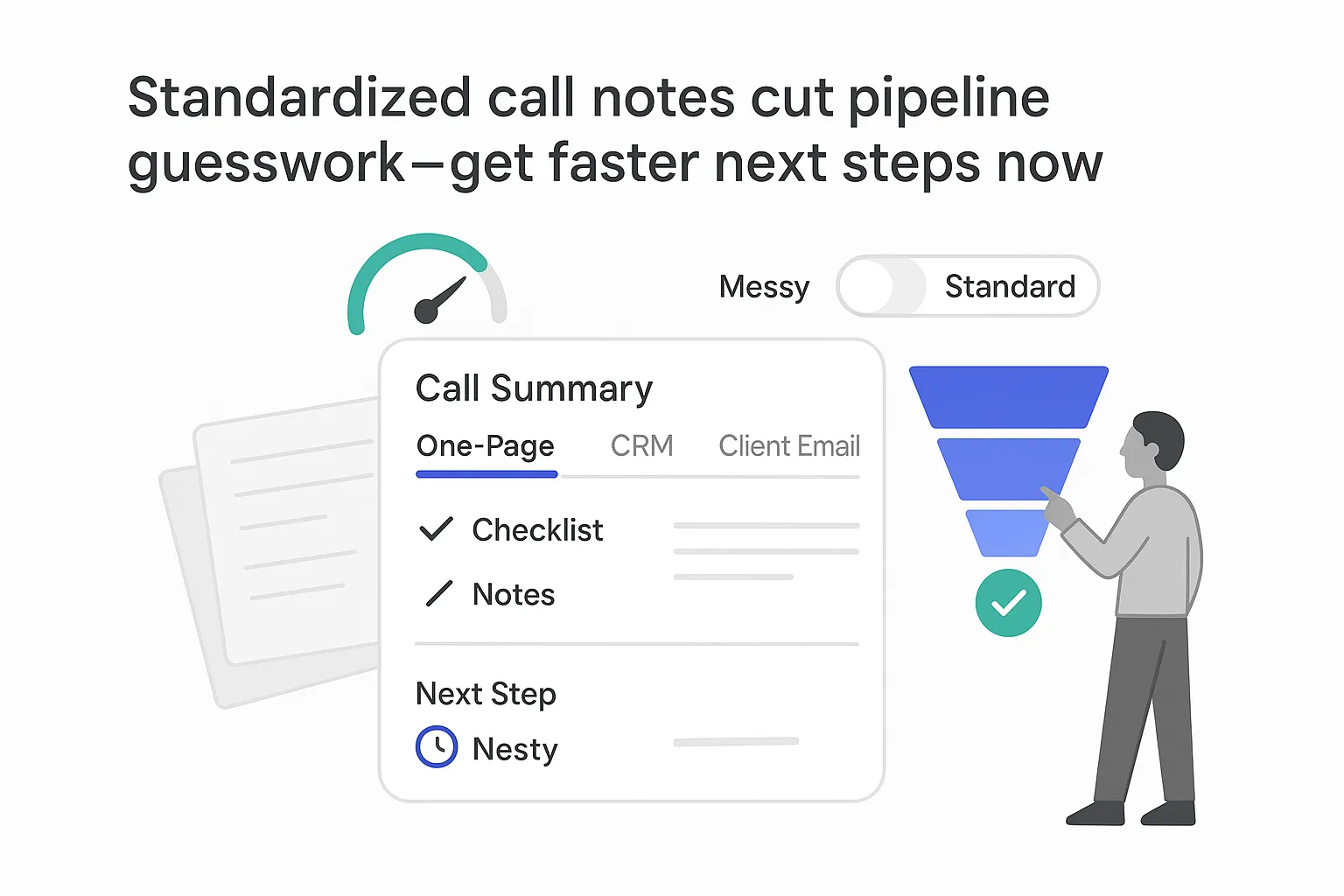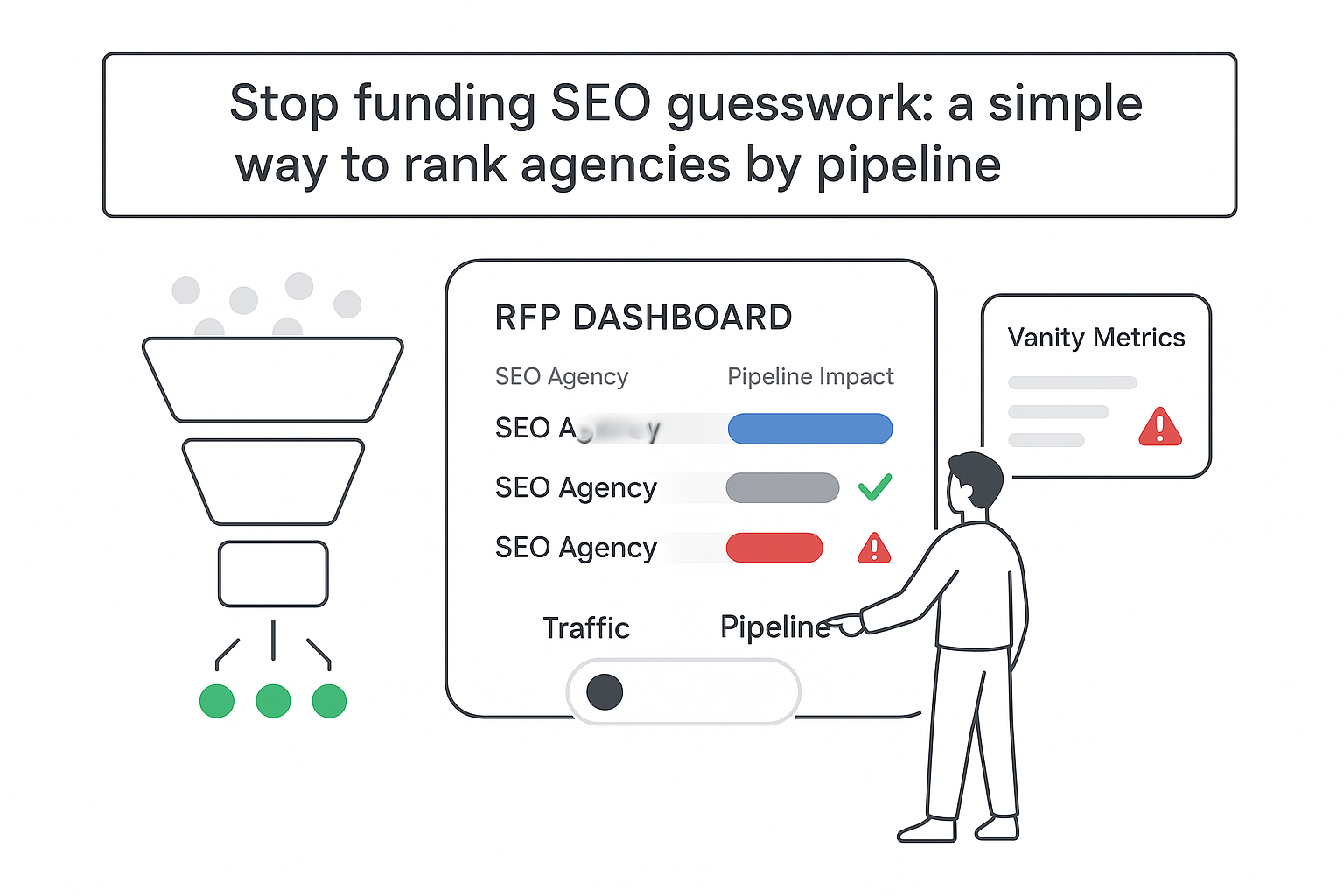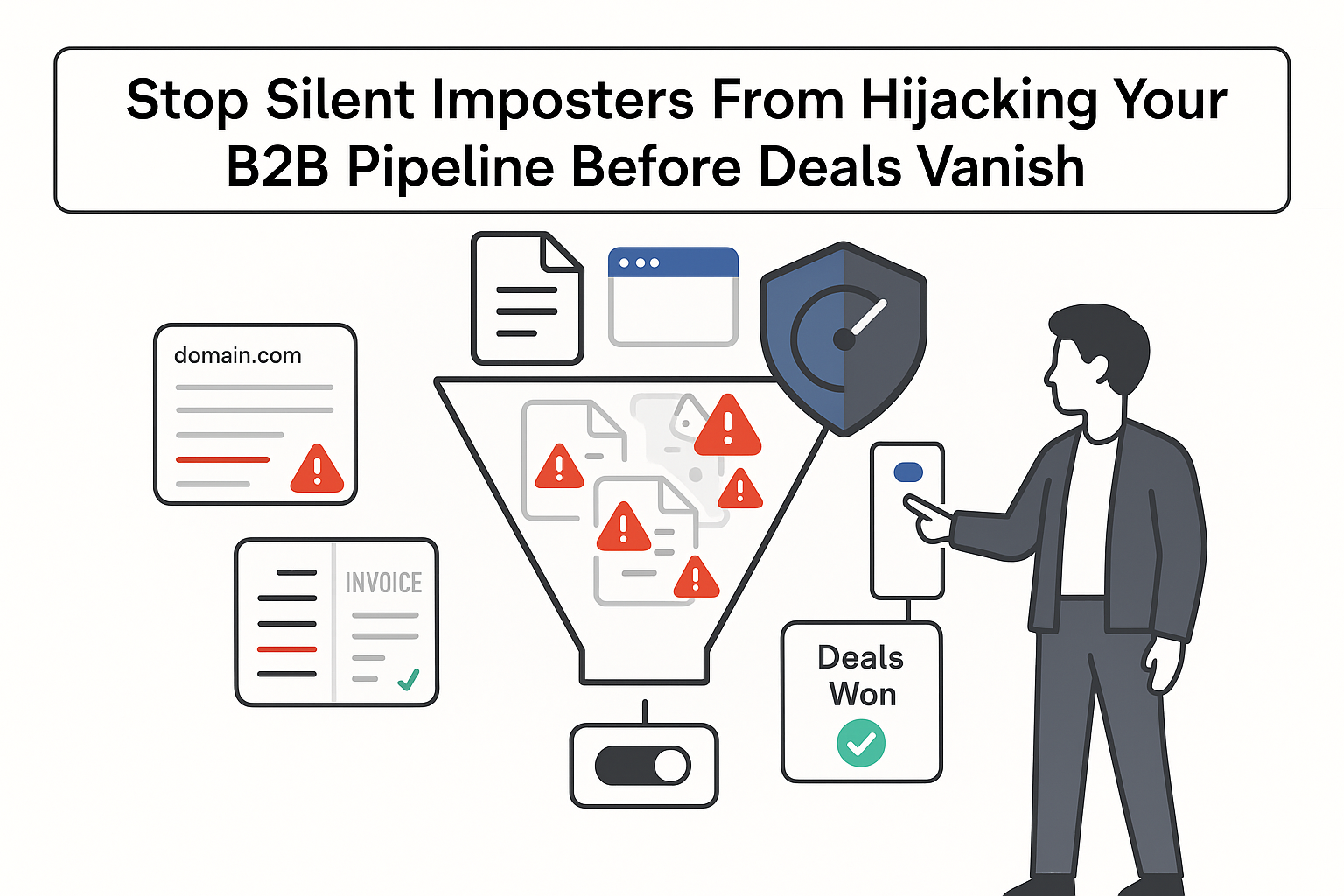Why a sales call summary isn’t busywork
I get why a sales call summary can feel like admin. When deals run fast or I’m juggling dozens of threads, it’s easy to skip. Here’s the lesson I learned the hard way: clear, standardized notes shorten the time to the next step, cut rework, and keep everyone aligned without a flurry of messages. When I standardize how I write a sales call summary, I get shorter cycles, cleaner handoffs, and a pipeline I can trust.
Sales call summary template
Let me start with practical templates you can paste into your doc tool or CRM. One is a one-pager for quick reads. One is detailed and CRM-ready. One is a client-facing recap email you can send right after the call. If you prefer ready-to-use formats, see these Pre-Made Templates.
One-page quick summary
- Context: Account, date, attendees, call type
- Objectives: What I aimed to learn or confirm
- Key takeaways: 3 to 5 bullets
- Pain and impact: Brief statement with a metric if available
- Decision criteria: What matters to them and why
- Timeline and budget status
- Risks and blockers
- Agreed next steps: Single owner and deadline
- Assets shared or requested
- Status: Advance, hold, or disqualify
Detailed CRM-ready sales call summary
- Account basics: Account name, opportunity name, stage, ARR or deal size range, meeting date and duration
- Stakeholders: Name, role, influence, and notes on power or interest
- Current state: Tools in use, process summary, pains tied to cost, time, or quality
- Metrics: Baseline numbers the buyer cares about (e.g., lead volume, conversion rate, SLA, cycle days)
- Decision criteria: Product or partner criteria, must-haves, nice-to-haves, and red lines
- Decision process: Who signs, required steps, legal or security reviews, and expected sequence
- Timeline: Target go-live, constraints, renewals or budget cycles
- Budget status: Confirmed, in evaluation, or not yet assigned
- Risks: People risk, technical risk, competitive pressure, internal change risk
- Next steps: Specific actions with a single owner and a date
- Notes and quotes: Verbatim lines that matter
- Internal tags: ICP fit, use-case tags, competitor presence, urgency level
Client-facing recap email
- Subject: Quick recap and next steps from my call on [date]
- Thanks: One line that shows I heard them
- Summary: 3 to 5 bullets with clear language and no jargon
- Decision criteria I captured: A short list
- Next steps: Owner and date
- Attachments or links: What I promised to send
- Scheduling: Confirm the next meeting or ask for a time window
These templates include B2B-specific fields such as stakeholders, decision criteria, budget status, risks, and clear next-step owners with deadlines. If I paste the detailed version into a CRM, I keep fields aligned to opportunities and contacts so the sales call summary stays searchable.
B2B sales call summary
In practice, a B2B sales call summary is a clear record of the call that ties facts to the pipeline and tells anyone on my team what to do next. In longer cycles with multiple people involved, it prevents drift. It also protects forecast accuracy because my notes map to stage, timeline, and actual buyer behavior.
Why it matters to a CEO or founder
- Faster cycle time: With a standard summary, I often see a 10–15% reduction in time to the next step because actions are assigned in the moment. Industry surveys (e.g., CSO Insights/Korn Ferry and similar research on structured opportunity management) have long linked structured follow-up to cycle gains.
- Higher stage conversion: Capturing decision criteria and risks reliably produces single-digit to low double-digit lifts in stage-to-stage conversion because follow-ups match the buyer’s priorities.
- Fewer handoff errors: Marketing-to-sales, sales-to-solutions, and sales-to-success handoffs stop losing context.
- Cleaner forecast: Notes connect call facts to stage confidence, which tamps down wishful thinking.
B2B nuance matters. Frameworks such as MEDDIC or BANT cue me to record Metrics, Economic buyer, Decision criteria, Decision process, Identified pain, and a Champion - or Budget, Authority, Need, and Timeline. A good summary doesn’t copy the framework field by field. It translates those ideas into plain sections anyone can read in under 90 seconds.
Before the call
Prep makes the summary almost write itself. I build a skeleton I can reuse, agree on tags with my team, and map each field to my CRM so nothing gets lost. Centralizing notes with workplace search helps reuse and discoverability - see Glyph Internal Search.
Prebuild a summary skeleton
- Objectives for the call
- Ideal customer fit signals
- Pains linked to metrics
- Decision criteria and process
- Timeline and risks
- Next steps and owners
Define success criteria
- What would make this a valuable call
- What I must learn to move to the next stage
- What asset I want the buyer to accept (for example, a mutual plan)
Discovery question bank
- What is the business outcome you want this quarter and this year
- What has made that hard up to now
- How are you measuring success today
- Who else cares about solving this
- What decisions have to happen before you can move forward
- What happens if this slips a month
- What alternatives are you considering
- What would stop this project after a positive demo
- What would make this a clear yes
Field mapping guide, summary to CRM
- Decision criteria → Opportunity Decision Criteria
- Decision process → Opportunity Approval Steps
- Timeline → Close Date and a custom Timing Confidence field
- Budget status → Budget Confirmed (Yes/No)
- Risks → a custom Risk Notes field
- Next steps → Next Step, Next Step Date, and Next Step Owner
- Stakeholders → Contact Roles with Influence level
Create reusable tags
- Fit tags: ICP strong, ICP light
- Urgency tags: Must hit Q3, Optional
- Use-case tags: Migration, Replacement, New program
With this prep, my summary becomes fast, consistent, and easy for anyone on the team to parse.
During the call
Live notes don’t need to be perfect. They do need to be structured. I record verbatim quotes, tie pains to impact, and mark action items as I go. Call recordings and transcripts help - AI Meeting Assistants make capture easier - though a human check keeps quality high.
Tools that turn call audio into highlights help too - see Voice To Insight. For deeper technique, here’s a concise guide: How to take notes in a meeting [Full Guide].
I use simple shorthand that everyone understands
- QT: quote
- P: pain
- IMP: impact metric (for example, 12% churn at renewal)
- STK: stakeholder name and role
- DC: decision criteria
- DP: decision process
- $: budget status
- RISK: risk and owner to resolve
- AI: action item with owner and date
Example in notes
- QT: "We need pipeline coverage at 3x or finance will freeze headcount."
- P: lead quality is inconsistent by channel
- IMP: month-1 to month-2 conversion dropped from 18% to 11%
- STK: Dana, VP RevOps, recommends tools; CFO approves spend
- DC: must integrate with CRM; require no extra seats for SDRs
- DP: tool test this month; legal and security next; decision at QBR
- $: budget pending; next budget review on the 15th
- RISK: competing data cleanup project could delay go-live
- AI: send case study to Dana by Friday; schedule security review next week
Recordings and transcripts can flood me with text. I keep the shorthand while I listen, then during the wrap I promote the useful pieces into my summary.
After the call
Ten minutes of discipline saves hours later. I use a short wrap process and a light service-level agreement with clear ownership. If I want help condensing notes, an AI Summary Tool can speed up the recap without losing context.
A simple 10-minute wrap
- Minute 1–2: Clean notes and promote the key lines
- Minute 3: Write the client recap, short and friendly
- Minute 4: Log the summary in the CRM and update fields
- Minute 5: Attach assets and links I promised
- Minute 6: Create tasks in my project tool and assign owners with dates
- Minute 7: Post the headline summary in the team channel for visibility
- Minute 8: Confirm the calendar hold for the next step
- Minute 9–10: Tag the summary so it’s searchable
Add a 24-hour internal service level
- Every opportunity gets an updated summary within 24 hours
- Every summary names a directly responsible individual
- Deals above a threshold get a peer check before the next meeting
This isn’t red tape. It’s a safety rail that keeps motion in the deal and keeps the forecast clean.
Sales call summary format
Here’s a standard order that reads fast and maps cleanly to a pipeline. I keep the whole thing scannable. An executive should read it in under 90 seconds.
Standard order
- Context: Who met, when, and why
- Objectives: What I aimed to achieve
- Key takeaways: The three things that matter
- Pain, impact, and metric: The business reason to act
- Decision criteria: What must be true
- Timeline and budget: Dates and financial status
- Risks: What could slow this down
- Agreed next steps: One owner and one date per step
- Follow-up assets: What I will send or need
- Status: Advance, hold, or disqualify, with a one-line reason
Character guidance
- Keep the full summary between 150 and 300 words
- Put the first three lines in bold in your doc for quick scanning
- Keep bullets short and factual
Variations I use
- Discovery: Heavier on pains, metrics, and stakeholders
- Demo: Heavier on decision criteria, success plan, and technical fit
- Renewal or expansion: Heavier on outcomes achieved and new goals
If a CRM allows templates, I save these variations as quick inserts so I never start from a blank page.
Sales call summary best practices
A few rules keep quality high without adding friction.
Quality gates
- Peer review for opportunities above a set deal size
- Manager spot checks for new reps and new segments
- A quick include-check for owner, date, and promised assets
Governance and searchability
- Use a consistent naming pattern (for example, Account name + call type + date)
- Keep summaries linked to the opportunity record and the primary contact
- Tag by stage, use case, and risk so anyone can search
- Use version control in your document tool or CRM notes
Privacy and compliance
- Don’t store sensitive personal info in free-text notes
- Mask or avoid recording data such as account numbers
- If a buyer asks for recording limits, honor that and summarize manually
Common pitfalls to avoid
- Vague next steps such as "follow up next week"
- Missing owner for an action
- No date on a task
- Jargon that hides meaning
- Pasting transcript blocks without editing
When I treat the sales call summary like a tiny mutual plan, deals move with less friction.
Sales call summary examples
Below are anonymized B2B scenarios with full summaries. Each includes the internal version and the client-facing recap derived from it.
Example 1: IT services discovery
Internal summary
- Context: Apex Health; discovery; Tue May 7; 45 minutes; attendees: CIO, IT Director, and me plus the Solutions lead
- Objectives: Confirm scope for a cloud migration and understand security needs
- Key takeaways: Legacy workloads block new features; security review is strict; CIO needs a plan that shows risk reduction and cost control in year one
- Pain, impact, metric: Release backlog of 9 months; incident rate 3 per month; infra costs growing 8% QoQ
- Decision criteria: HIPAA-ready controls; zero-downtime migration plan; role-based access; cost certainty for 12 months
- Decision process: IT leads selection; Security leads review; CFO signs after QBR
- Timeline and budget: Target pilot in July; phase one in August; budget slated if pilot hits goals
- Risks: Competing data-warehouse project could pull team time; Security team is stretched
- Agreed next steps: I send a 2-page pilot plan by Friday; Solutions sends the security questionnaire by Monday; IT Director books a deep dive for Thursday next week
- Assets: Similar health-care client case study and a pilot success-metric template
- Status: Advance to technical scoping
Client-facing recap email
Subject: Quick recap and next steps from my call on May 7
Hi team - thank you for the time and clear context. Short recap below.
- Your goals: cut incident risk and clear the release backlog while keeping costs predictable in year one
- Success needs HIPAA-ready controls and a migration plan with zero downtime
- Pilot target is July with phase one in August, pending pilot results
Next steps
- I will send a 2-page pilot plan by Friday and the security questionnaire by Monday
- Please share any existing security docs so I can complete the review quickly
- Let me know if Thursday next week still works for the technical deep dive
Attachments: case study and pilot-metric template
Example 2: Marketing retainer upsell
Internal summary
- Context: NorthBay FinTech; QBR focused on expanding scope from SEO only to SEO + content + CRO; 30 minutes with CMO and Growth Lead
- Objectives: Map impact from the last quarter and propose expansion that lifts pipeline
- Key takeaways: Organic traffic grew 41% QoQ; SQLs lag due to conversion friction; CMO wants faster experiments
- Pain, impact, metric: Blog-to-demo conversion at 0.6%; goal is 1.2%; sales cycle 62 days
- Decision criteria: Keep current SEO momentum; add CRO tests with a clear owner; weekly reporting; a visible experiment backlog
- Decision process: CMO approves if a 90-day plan ties to SQL growth with a forecast
- Timeline and budget: Ready to expand this month if the plan shows early impact in 30 days
- Risks: Competing paid-media push could crowd attention; dev gate could slow test launches
- Agreed next steps: I send a 90-day plan with 6 CRO tests and 2 content sprints by Friday; I share an experiment tracker by Wednesday; I schedule a weekly standup for Monday 9 a.m.
- Assets: Deck from QBR and a link to the experiment backlog
- Status: Advance, pending approval of the 90-day plan
Client-facing recap email
Subject: Quick recap and next steps from our QBR
Thanks for the thoughtful discussion. Highlights below.
- SEO momentum is strong; the main gap is conversion on high-intent pages
- We aligned on adding CRO tests and focused content sprints, with weekly review
- Target result: lift from 0.6% to 1.0–1.2% within 90 days
Next steps
- I will send the 90-day plan by Friday and share the live experiment tracker on Wednesday
- Please confirm Monday 9 a.m. for a short weekly standup
- If dev bandwidth becomes tight, I’ll rotate in no-code tests first
Attachments: QBR deck and tracker link
Example 3: Enterprise RFP intro
Internal summary
- Context: GlobalTel Communications; RFP introduction call; 60 minutes; attendees: Procurement, VP Operations, Security, and me plus the Solutions lead
- Objectives: Understand RFP scope, confirm decision process, and find early-win themes
- Key takeaways: RFP focuses on reliability and vendor consolidation; Operations wants faster incident resolution; Security needs standard attestations
- Pain, impact, metric: MTTR at 4.2 hours; goal under 2 hours; vendor count at 9; target 4
- Decision criteria: 99.9% uptime; documented incident playbooks; named service manager; price clarity during the term
- Decision process: Scores from Ops and Security feed a procurement committee; legal review required
- Timeline and budget: RFP closes in 3 weeks; final decision in 6–8 weeks; budget pre-approved
- Risks: Incumbent has hard-to-replace integrations; internal politics favor status quo
- Agreed next steps: I submit clarifying questions by Friday; Solutions requests a security briefing by Tuesday; I propose a reference call by next Thursday
- Assets: Draft response outline and standard security documents
- Status: Advance with focus on reliability proof and consolidation ROI
Client-facing recap email
Subject: Quick recap and next steps from my RFP intro call
Thank you for walking me through the RFP priorities. Short summary below.
- Your goals: higher reliability, faster incident response, and fewer vendors
- Decision will weigh Operations and Security scores, with Procurement leading the process
- Budget is approved; decision window is 6–8 weeks after submissions
Next steps
- I will send clarifying questions by Friday and request a short security briefing by Tuesday
- I will also propose a customer reference call by next Thursday
Attachments: response outline and security documents
A final note on tone and rhythm
A sales call summary should read like a tight, confident memo. Short lines. Clear names and dates. A hint of personality so it feels human. I don’t need to write a novel. I do need to name the owner, set the date, and connect the dots from call to CRM to pipeline. When I write my sales call summary this way, I spend less time rehashing what happened and more time advancing the next step.







.svg)